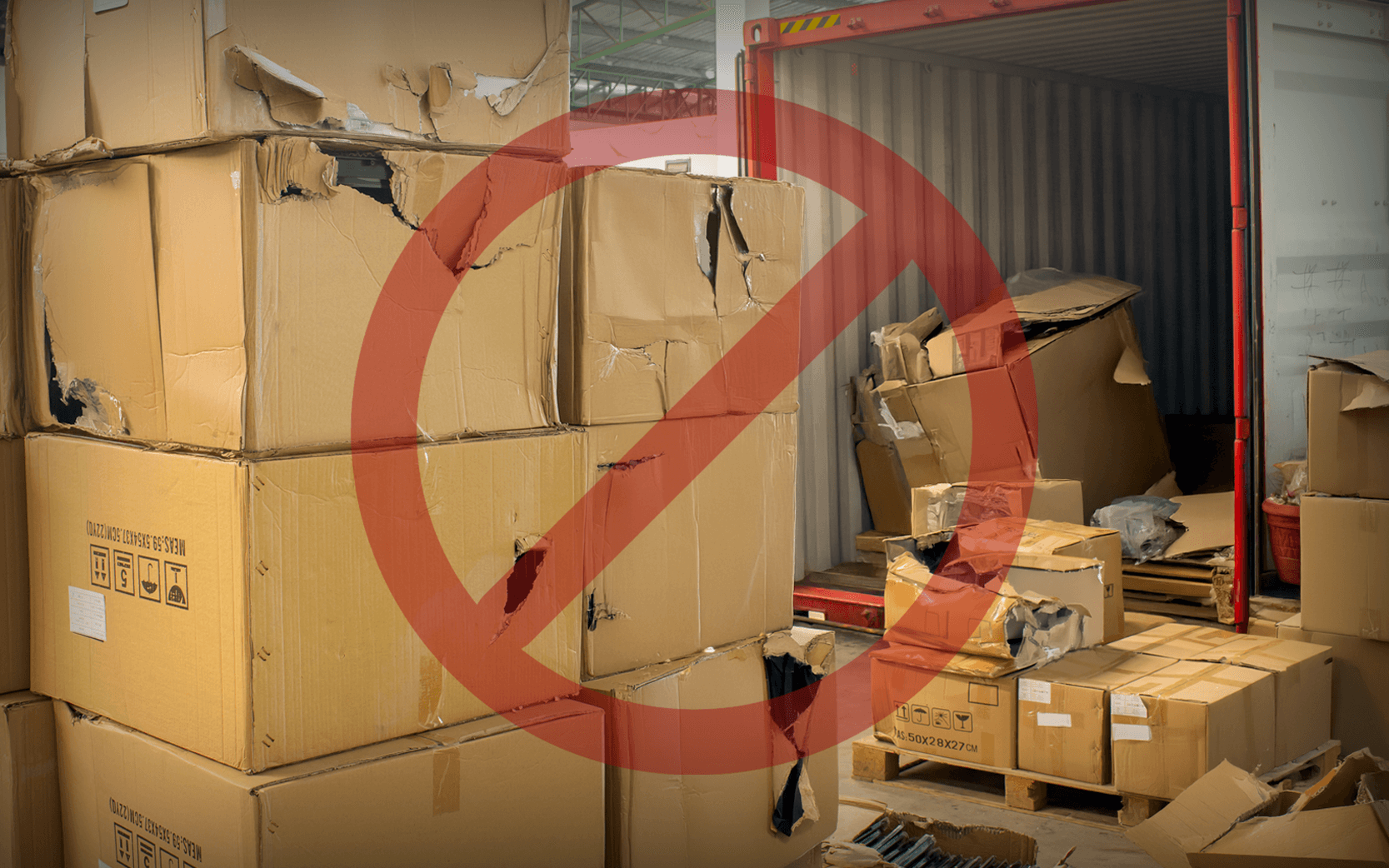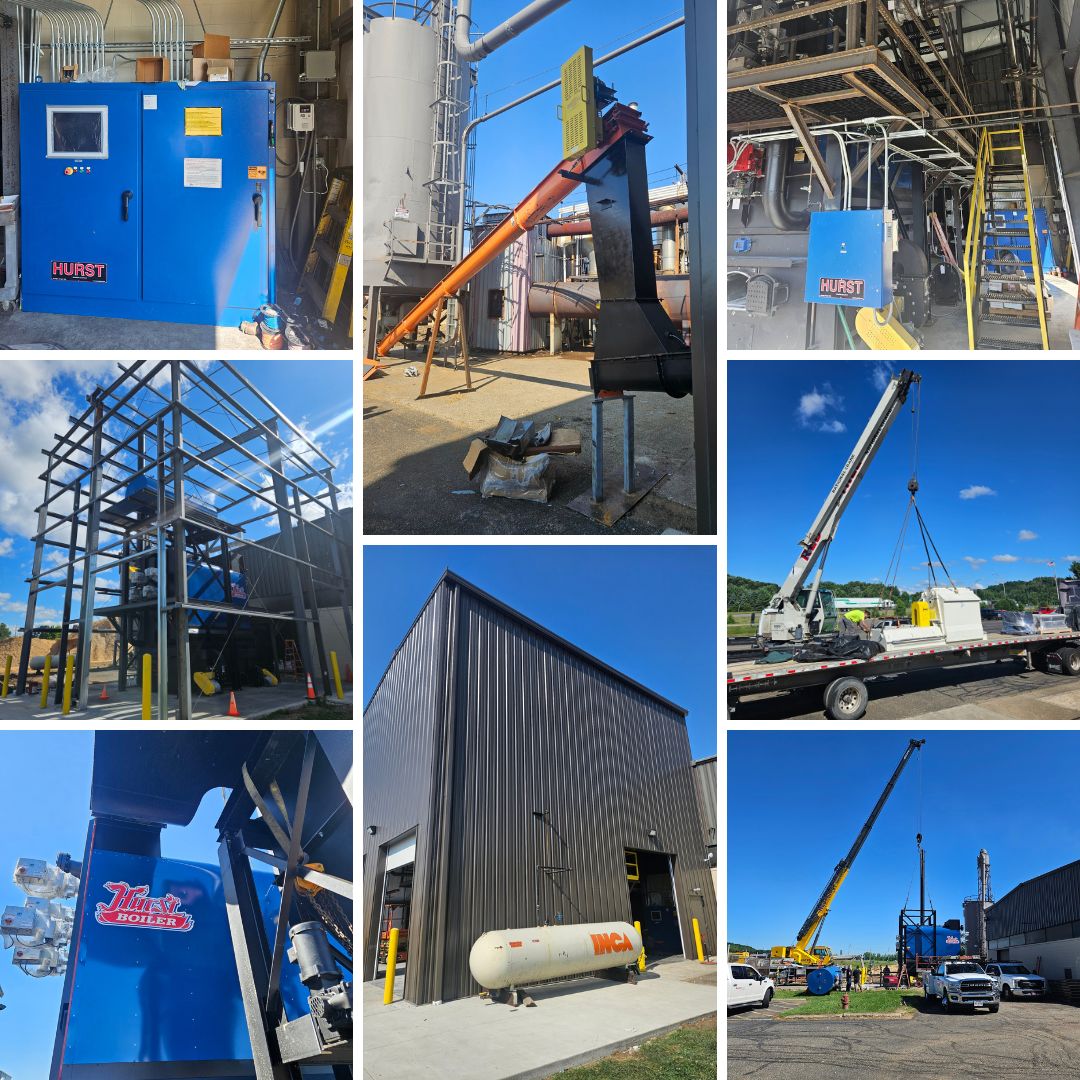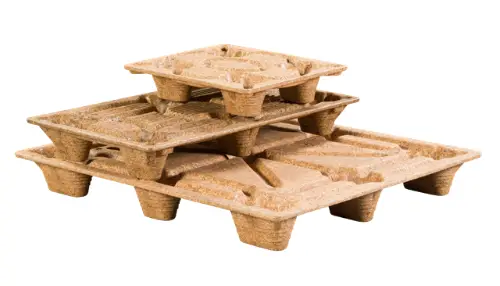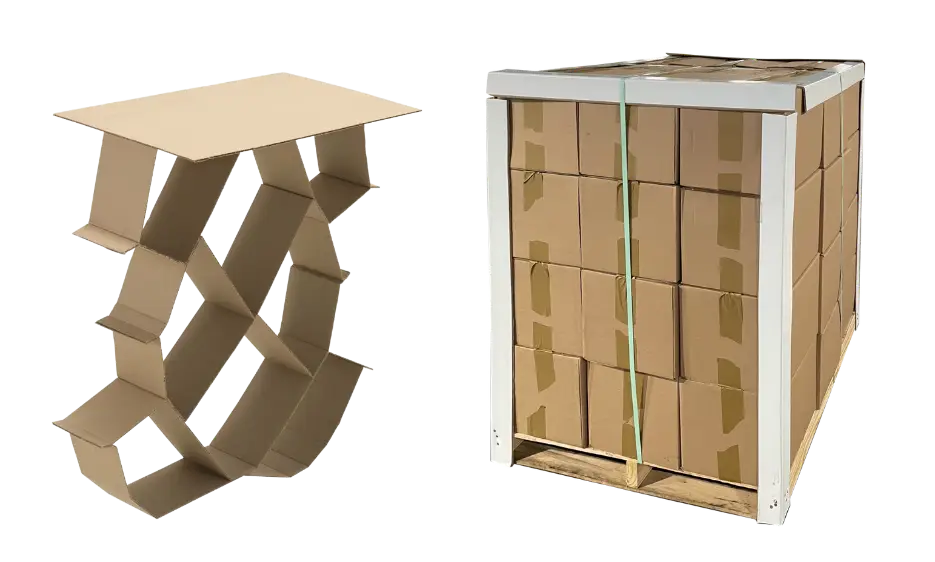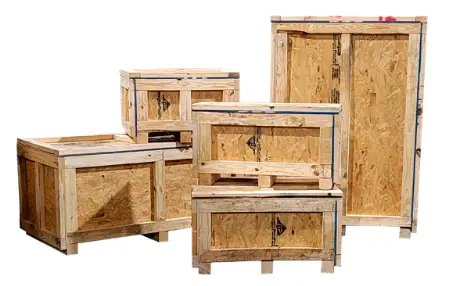With the holiday shopping season just around the corner, economic forecasters are already trying to make sense of the numbers. How will retailers fare this year? Will consumer spending rise or fall when compared with last year’s numbers? When will 2012 retailer profit levels move from red to black? Chaille Brindley’s recent article in Pallet Enterprise takes this discussion one step further, using the upcoming holiday shopping season to explore connections between the growth of online retailing and the future of pallet demand.
Online shopping has changed the retail landscape, with more and more consumers opting to add holiday gifts to electronic carts in an effort to avoid crowded malls. As online retailers have embraced expedited orders and reduced rate and/or free shipping for the holidays, traditional consumer objections to e-tail have melted away. Online retail is here to stay and the future for e-based businesses such as Amazon.com appears bright indeed.
In previous articles, we have explored the impact of mega retailers such as Costco and Wal-Mart and shown how their preferences have influenced everything from pallet design to the role of pallet manufacturers, recyclers, and rental giants such as CHEP. Brindley takes the analysis one step further, examining the Amazon effect on the logistics world. Between direct sales and marketplace, Amazon is on pace for $275 billion in sales this year, making the online retailer comparable in size to Wal-Mart. The key difference is Amazon is growing quicker.
As an e-based business, Amazon understands future growth requires the proper mix of products, competitive pricing, and fast delivery. To this end, Amazon is striving to improve local fulfillment infrastructure in an effort to provide same day or next day delivery. The e-retailer is also contemplating bricks and mortar lockers in local convenience stores and drugstores, allowing customers to pick up orders while shopping, running errands, or on the commute to and from work.
So what effect will the continued growth of online retail have on pallet demand? Dr. Mark White’s 2001 report on E-Tailing and Pallet Demand concluded, “Retailing methods of the future will require greater levels of product unitization and pallet use.” After over a decade of massive online retail growth, pallet usage has not dropped. There has been movement toward block and rental pallets, and a decline in loads shipped using 48 x 40’s, but loads are still palletized.
Amazon provides a perfect case in point. With the exception of larger products that cannot be moved by conveyor, most items arrive at distribution center on pallets. These same products are stored and moved within the distribution center on pallets. The main difference between Amazon and other mass retailers such as Wal-Mart and Costco is the last step in the fulfillment cycle: Amazon ships to customers using corrugated boxes while closed loop, big box retailers receive orders in boxes stacked on pallets. True, there is one less move in the e-tail supply chain using pallets, but the online retail should not have an adverse effect on pallet demand.
Although the rise of mass e-tail may not have a significant effect on overall pallet demand, what can be said of pallet configurations and specifications? Again, Amazon is an interesting example. Amazon founder and CEO, Jeff Bezos has built a business model predicated upon keeping physical assets to a minimum, and as such, his company might be a good candidate for pallet rental. The Amazon model also focuses on cost control, which suggests Bezos and company will continue to favor wood or other low cost pallet solutions. Unlike Costco and Wal-Mart, Amazon currently has a flexible pallet standard.
Although Brindley never mentions the sustainability angle, nor does he mention specific wood-based alternatives or corrugated pallets specifically, there could be a case made for presswood pallets given what is known about Amazon’s specific application. One could also assume that other large online retailers might follow Amazon’s lead in a quest for low-cost wood and wooden-alternative pallets in the months and years ahead.
The retail landscape is certainly changing with the recent surge of e-based retailers, but business and logistics fundamentals are still in place. There will be a continued emphasis on cost containment and supply chain efficiency. Pallet use and unitization will remain and grow alongside online retail giants such as Amazon.


